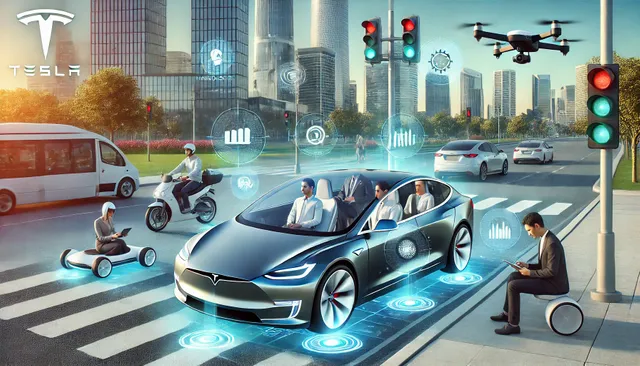Recently, Tesla has once again taken center stage in technological innovation. The company announced that its Full Self-Driving (FSD) feature has entered the comprehensive testing phase and is set to roll out globally in the coming months. This news has sent ripples through the automotive industry and the tech world at large. Here, we delve into the potential, challenges, and future impact of this groundbreaking technology on global mobility.
The Core Technology Behind Full Self-Driving
Tesla's FSD has long been one of the company’s most ambitious development projects. The system’s backbone is a powerful AI-driven algorithm paired with an array of advanced sensors and cameras, enabling real-time assessment and decision-making in complex driving conditions. Entering this advanced testing stage indicates that the FSD system has reached a level of maturity suitable for wider practical use.
With consistent over-the-air (OTA) updates, users will experience progressively smarter driving capabilities—from automated lane changes and turns to recognizing traffic signals and handling emergencies. Tesla's vision for autonomous driving is steadily becoming a reality.
Potential Impacts on Global Mobility
Enhanced Traffic Efficiency and Reduced Congestion: The widespread use of autonomous driving could lead to fewer accidents and smoother traffic flow. Vehicles equipped with FSD can share real-time data, allowing for smarter route planning and adaptive speed adjustments, significantly improving road usage efficiency.
Shift in Vehicle Ownership Models: As FSD becomes more reliable, the concept of shared autonomous fleets might replace personal car ownership. This could transform urban layouts and reduce the demand for parking, optimizing city space utilization.
Job Market Challenges and Transformation: While FSD offers convenience to consumers, it also presents challenges for professional drivers, especially those in trucking and ride-hailing services. This raises the question of how the labor market can adapt to the rapid pace of technological advancements.
The Dilemma of Safety and Regulation
Despite the technological prowess of Tesla's FSD, its safety and reliability remain under the scrutiny of the public and regulatory bodies. The successful integration of autonomous technology demands clear legal frameworks that ensure public safety. Meanwhile, delays in regulatory measures can present significant hurdles as the technology progresses toward perfection.
Finding a balance between fostering innovation and safeguarding public interests is crucial. For consumers, the adoption of FSD technology will hinge on time and trust, which are essential for widespread acceptance.
Looking Ahead: From Innovation to Normalization
Tesla’s plan to test and deploy its FSD feature globally signals a major leap from the conceptual to the practical stage of autonomous driving. However, this cutting-edge technology still has a long road ahead before it becomes mainstream. User experience, technological robustness, and governmental policy will all play pivotal roles in its broader adoption.
As we stand on the brink of the autonomous driving era, the question remains: are we ready to entrust the act of driving—once solely human—to AI? This is more than just a technological shift; it’s the start of a profound transformation in global transportation.
As Tesla and other developers of autonomous driving technologies continue to push the envelope, they are reshaping how we perceive mobility. The future is here—are you prepared for it?
